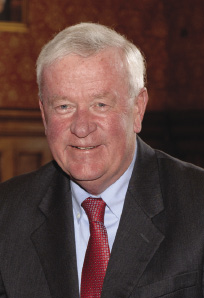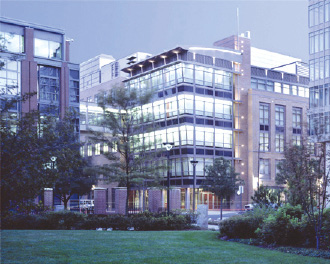Robert Healy started his illustrious 34 year career in Cambridge beginning on May 13, 1974 as deputy city manager. Seven years later, he resumed his civic post in Cambridge as city manager on July 1, 1981. Under the Plan E form of government the city manager is the chief executive officer of the city and is responsible for submitting the annual operating and capital budget to the city council, oversight of the operation and administration of 42 city departments, hiring of all employees within those departments, and the execution of contracts and other legal documents.
The Plan E form of government allows Healy the opportunity to hire the most competent people who could work with the entire community and report back to the city government in order to get things done, and that's what he did. Healy strongly believes that the key to success is strong communication within all the departments and most importantly within the community. Healy implemented weekly staff meetings with his departments. He says, "I am proud of the professionalism that the top-level staff demonstrates, and their capacity to collaborate on complex projects. The weekly staff meeting provides multiple benefits: 1) to discuss the proceedings and action items from the previous evening's city council meeting 2) to discuss ongoing projects, issues and problems 3) identify collaborative ways to resolve these issues 4) establish a professional "collegiality" and allow the participants to understand each others' personalities and how to work together."
When Healy took control in 1981, the commercial tax base was stagnant, Proposition 2 ½ had just been passed, and the city's credit rating had been suspended by Wall St. credit agencies Moody's, Standard & Poors, and the Fitch Ratings, preventing the city from financing much needed capital improvements. Early in his administration, Healy had a much different vision of Cambridge then the one he inherited. He saw vast potential in the form of world renowned institutions of higher learning, and research & development in MIT and Harvard. He saw a diverse and vibrant community in the city's residents and businesses, and highly effective leaders of different community associations. Healy laid out a plan to bring these community and organization leaders together to work with the city government to make Cambridge one of the best places to live and work in the country. When you see the present day Kendall Sq., the East Cambridge Riverfront, and University Park, all of which have become thriving commercial properties, one will see that his vision became reality.
Tags:










